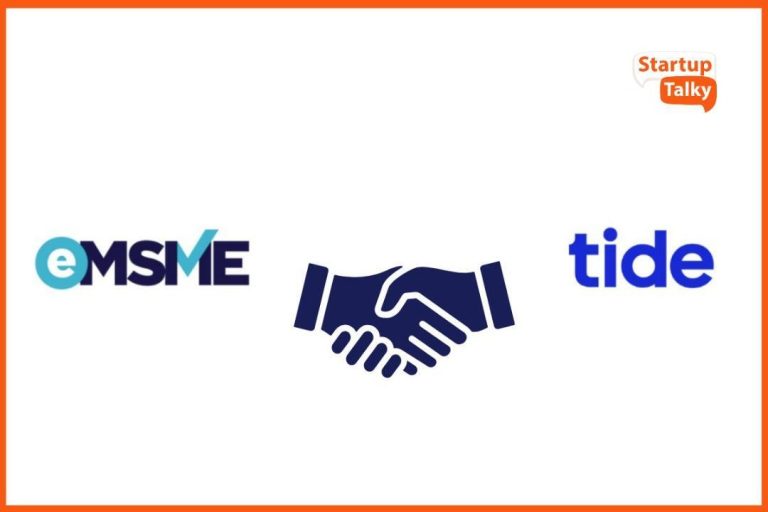
Can Community Help You Grow Without Ad Spend?
In today’s digital age, it’s no secret that advertising has become a crucial component of a company’s marketing strategy. However, with the rise of community-led learning and peer-to-peer mentorship, are we witnessing a shift away from relying solely on ad spend to drive growth? Ed-tech platforms are leading the charge, investing in community-building initiatives to foster loyalty, referrals, and ultimately, revenue growth.
Before we dive into the benefits of community-led learning, let’s take a step back and examine the traditional approach to growth hacking. In the past, companies have relied heavily on paid advertising to reach new customers and drive sales. While this approach has been effective, it’s also led to a culture of “spray and pray” marketing, where brands cast a wide net, hoping to catch a few fish. This approach is not only expensive but also unsustainable in the long run.
On the other hand, community-led learning is a more sustainable and organic approach to growth. When students help each other, brands don’t have to work as hard to build a loyal following. Ed-tech platforms are now investing in peer communities, mentorship groups, and live cohorts to build trust and foster a sense of belonging among their users.
So, what are the benefits of community-led learning? For starters, it reduces the customer acquisition cost (CAC). When students are motivated to help each other, they become brand ambassadors, driving word-of-mouth marketing and referrals. This not only reduces the need for paid advertising but also builds trust and credibility with potential customers.
But that’s not all. Community-led learning also leads to increased engagement and retention rates. When students are part of a community, they’re more likely to stick around and continue learning, even when faced with challenges or setbacks. This reduces churn rates and increases the lifetime value of each customer.
Moreover, community-led learning is a powerful tool for building brand loyalty. When students feel like they’re part of something bigger than themselves, they’re more likely to become loyal customers and advocates for the brand. This leads to increased repeat business and positive word-of-mouth marketing.
So, how can ed-tech platforms implement community-led learning in their own marketing strategies? Here are a few best practices to get you started:
- Create a sense of belonging: Design your community-building initiatives to create a sense of belonging among your users. This could be through live cohorts, mentorship groups, or peer-to-peer mentoring.
- Foster a culture of collaboration: Encourage your users to help each other out. This could be through discussion forums, online groups, or even in-person meetups.
- Recognize and reward contributors: Recognize and reward your most active and engaged users. This could be through badges, rewards, or even just a simple “thank you” message.
- Make it easy to participate: Make it easy for users to participate in your community-building initiatives. This could be through simple sign-up processes, clear instructions, or even just a simple “get started” button.
- Be authentic and transparent: Be authentic and transparent in your community-building efforts. This means being open and honest with your users, and demonstrating a genuine commitment to their growth and success.
In conclusion, community-led learning is a powerful tool for driving growth and revenue in the ed-tech industry. By investing in peer communities, mentorship groups, and live cohorts, ed-tech platforms can reduce their CAC, increase engagement and retention rates, and build brand loyalty. So, the next time you’re thinking about your marketing strategy, consider skipping the ads and investing in your community instead.
News Source:
https://www.growthjockey.com/blogs/revenue-growth-in-the-ed-tech-industry






